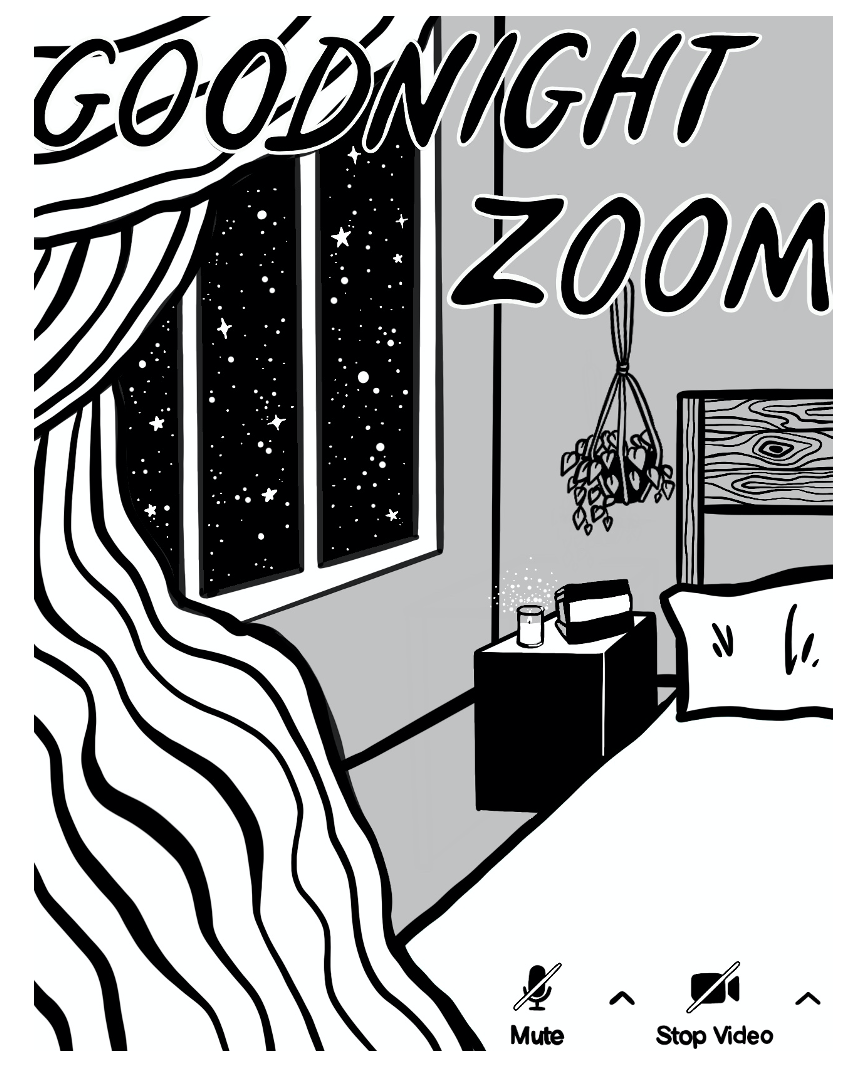Zines with Adolescents
- Drexel ATC

- Dec 3, 2020
- 2 min read
Updated: Dec 3, 2020
CATX 631 Art Journals: Claire Picard
Week 8: Zines
Population: Adolescents identifying as transgender
Creating the zine page was a comfortable experience for me, as an artist who primarily works in a 2D realm. I used an application called Procreate that I use frequently to create digital illustrations. The process of creating a zine page stripped away some of the hesitations and anxieties that a blank piece of paper can produce, as there was a clear theme to jump off of as well as the expectation that my piece would sit comfortable among the varied work of my peers. Furthermore, we decided to create the zine pages as black and white which added further structure to the process. I personally had little to no experience with zines, and the idea of creating a collaborative work that could be distributed was exciting. One element that I felt was lacking, was my association of zines with an intention of social justice. I would be curious how my experience with zine-making might have been different had our theme been social justice oriented.
The concept of zine making with adolescents aligns interestingly with the Erikson Psychosocial Crisis of “Identity vs. Role Confusion”. Teenagers are at a point in their development where they are building some independence from their parents and beginning to create their own set of values and ideas. Furthermore, peer groups and socialization are often at the forefront of their priorities and lived experience (Newman & Newman, 2018). Zines allow for an integration of the critical development of identity while also utilizing a social approach that may appeal to adolescents. Marshall & Rogers (2017) argue “youth incorporate and flip the script on these cultural materials and forms in their own work, particularly literary forms, as they use classic contemporary and traditional genres to provide social commentary and resist the status-quo, creating a sometime radical ‘literature of the street’ (p. 31). Teenagers currently are flourishing in a visual culture. Zines provide an opportunity to collect, transform, and redistribute popular visual culture in a format that provides information and self-expression. I would be interested in working with adolescents identifying as transgender, as media plays a critical role in the cis/heteronormative culture we find ourselves in. Zines could be a structured space to reclaim visual culture and social communication while bolstering an adolescent’s search for identity.
Marshall, E. & Rogers, T., (2017). Youth, poetry, and zines: Rewriting the streets as home. Bookbird: A journal of international children’s literature, 55(2). https://doi.org/10.1353/bkb.2017.0021
Newman, B. M., & Newman, P. R. (2018). Development through life: A psychosocial approach (13th ed.). Belmont, CA: Wadsworth Publishing.




Comments